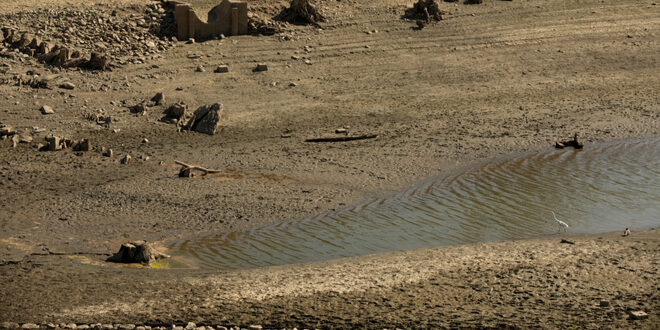As the drought drags on, the hits keep coming. This time, the news is that the Central Valley Project (CVP) began the 2022 water year with just 3.21 million acre-feet of water—one of the lowest starting points in recent years. In comparison, the CVP started the 2021 water year with twice that amount.
“After a dry 2020 water year, a critically dry 2021, and beginning the 2022 water year with one of the lowest carryover storage amounts in recent years, Reclamation remains all hands on deck and fully committed to planning for another dry year,” said Regional Director Ernest Conant. “We will continue to collaborate with our water users, stakeholders, and agency partners to develop and implement proactive measures and creative solutions to get through the coming water year together and best manage our critical water resources.”
Water years 2020 and 2021 are the second driest two-year period on record, behind 1976-1977. Although the Sacramento and San Joaquin valleys received well-below average rainfall, the snowpack in March 2021 indicated that sufficient reservoir inflow was likely available to meet CVP requirements. Conditions significantly changed at the end of April 2021, however, when reservoir inflow from snowmelt was significantly less than expected. Inflow to Shasta Reservoir, California’s largest reservoir, was the lowest on record during the 2021 water year.
Also, during the 2021 water year, CVP powerplants generated about 2.9 billion kilowatt-hours; well below an average year, which is about 4.5 billion kilowatt-hours. Project use is anticipated to have consumed about 20 percent of this energy; the remaining energy was made available to public agency contractors serve by the Western Area Power Administration.
Reclamation continues to work with federal and state partner agencies and CVP water and power customers to prepare for potentially ongoing drought conditions. Another consecutive dry water year would present extreme operational challenges for the CVP.
For additional storage information, visit www.usbr.gov/mp/cvo; for additional information on the 2021 water year, visit www.usbr.gov/mp/drought.
 California Water News Daily Your Source For Water News in California
California Water News Daily Your Source For Water News in California


